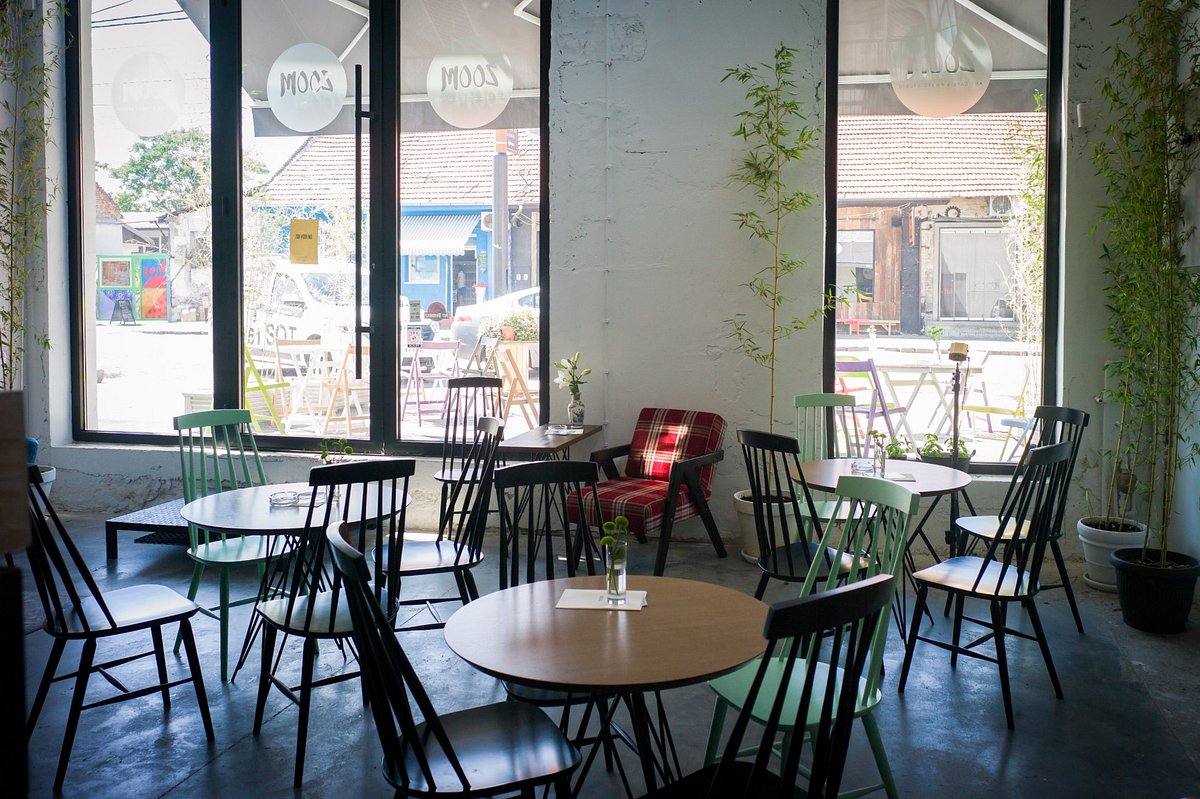Relocating your café is an exciting step toward growth, but it involves more than just finding a new location and setting a budget. Once you’ve secured a new site and handled the financial planning, it’s time to focus on the critical logistical aspects of the move. Here are key considerations to ensure a smooth transition:
1. Equipment and Inventory Management
Assessing and Preparing Equipment
Before the move, conduct a thorough inventory of your existing equipment. Determine which items are essential, need repair, or should be replaced. Clean and service your machinery to ensure it is in optimal condition. Properly label and pack each piece of equipment to prevent damage during transit.
Hiring Professional Movers
Consider hiring professional movers and freight shipping companies experienced in handling delicate and heavy café equipment. They can provide the necessary packing materials and expertise to safely transport your equipment. Ensure the moving company is insured and has a good track record with similar relocations.
Inventory Coordination
Plan the transfer of your stock inventory carefully. Coordinate the timing of the move to minimize disruptions to your supply chain. You might need to run down inventory levels to reduce the volume of goods being moved, then restock after settling into the new location.
2. Interior Layout and Design
Space Planning
Work with a designer or layout planner to optimize the new space for both functionality and customer experience. Consider the workflow of your kitchen, the placement of service counters, and seating arrangements to maximize efficiency and comfort.
Utility Setup
Ensure that all utilities such as water, gas, electricity, and internet are set up and functioning before moving day. Arrange for any necessary installations or upgrades well in advance to avoid delays.
3. Marketing and Communication
Announcing the Move
Communicate your move to customers well ahead of time. Use your website, social media, email newsletters, and in-café signage to inform them of the new location and reopening date. Highlight any improvements or new features they can look forward to at the new site.
Grand Reopening Campaign
Plan a grand reopening event to attract both existing and new customers. Consider promotions, special offers, or events to generate buzz and ensure a strong start in the new location.
4. Staff Coordination
Staff Training
Before opening the new location, conduct a comprehensive training session for your staff. Familiarize them with the new layout, equipment, and any updated procedures. Ensure everyone is comfortable and confident in the new environment.
Scheduling Adjustments
Anticipate that the move may require changes to staff schedules. Communicate clearly with your team about the timeline and any temporary adjustments to their hours or responsibilities.
5. Compliance and Safety
Health and Safety Regulations
Ensure your new location meets all health and safety standards. Schedule inspections and obtain any necessary certifications before opening. This includes food safety standards, fire safety regulations, and accessibility requirements.
Security Measures
Install adequate security systems, including alarms and surveillance cameras, to protect your new premises. Consider conducting a security audit to identify any vulnerabilities.
6. Customer Experience
Soft Opening
Consider a soft opening before the official grand reopening. This allows you to test the new setup, make any necessary adjustments, and ensure that everything runs smoothly without the pressure of a full-scale launch.
Feedback Mechanism
Encourage feedback from customers during the initial weeks of operation in the new location. Use their insights to make improvements and show that you value their opinions.
7. Technology and Systems
POS and IT Systems
Ensure your Point of Sale (POS) and other IT systems are fully operational before opening day. This includes testing payment processing, inventory management, and any customer loyalty programs.
Data Transfer
Safeguard all customer data and business records during the move. Ensure that any digital information is securely backed up and transferred to the new location’s systems.
Conclusion
Relocating your café involves detailed planning and coordination. By focusing on equipment management, interior design, marketing, staff coordination, compliance, customer experience, and technology setup, you can ensure a seamless transition and position your café for continued success in its new home.
Keep an eye for more latest news & updates on Main Guest Post!














Leave a Reply